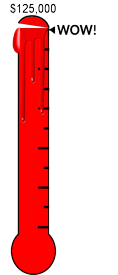Between 2020 and 2020, worldwide metals production grew sixfold, oil consumption eightfold, and natural gas consumption 14-fold. In total, 60 billion tons of resources are now extracted annually—about 50% more than just 30 years ago. Today the average European uses 43 kilograms of resources daily, and the average American uses 88 kilograms.


